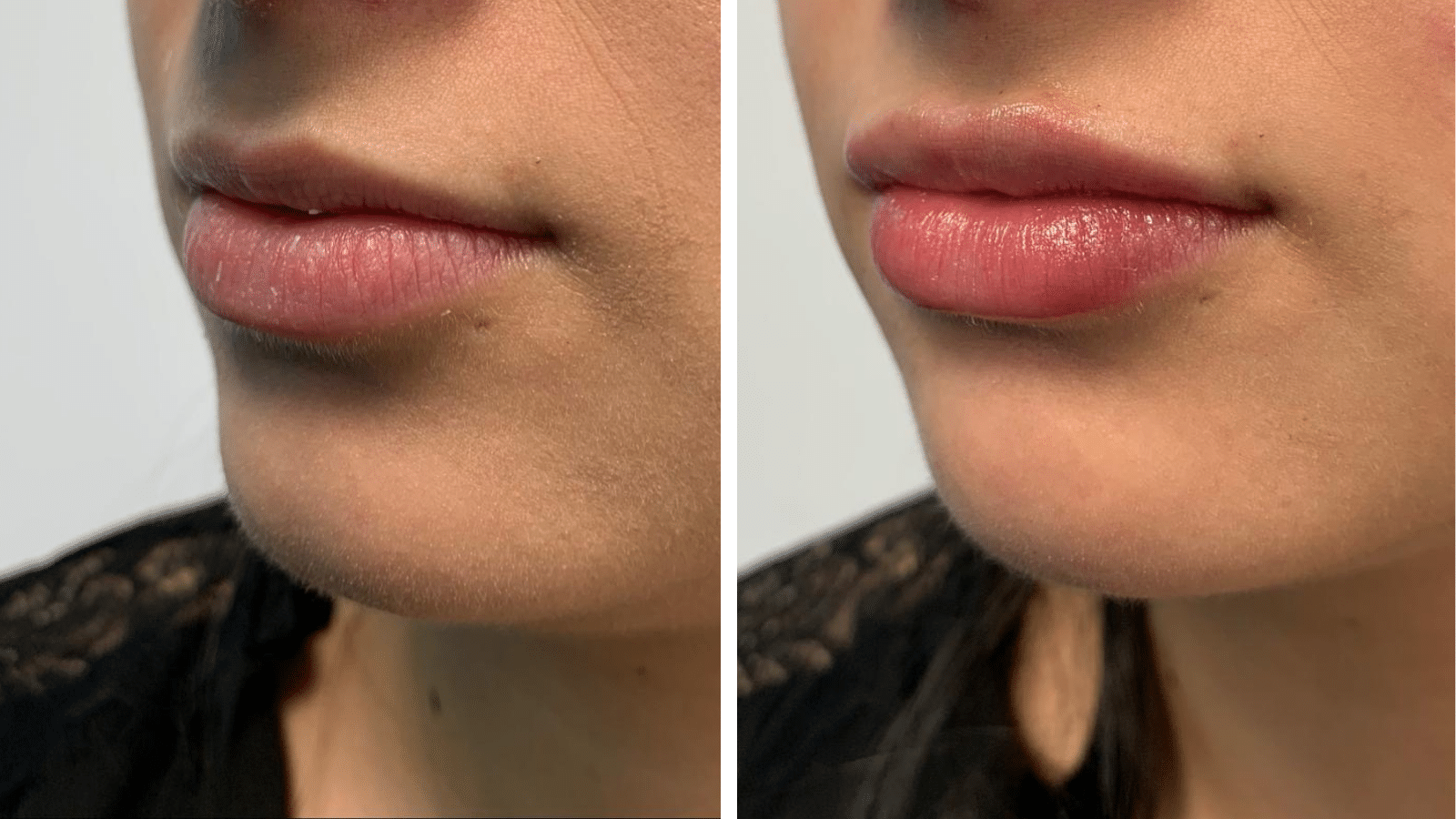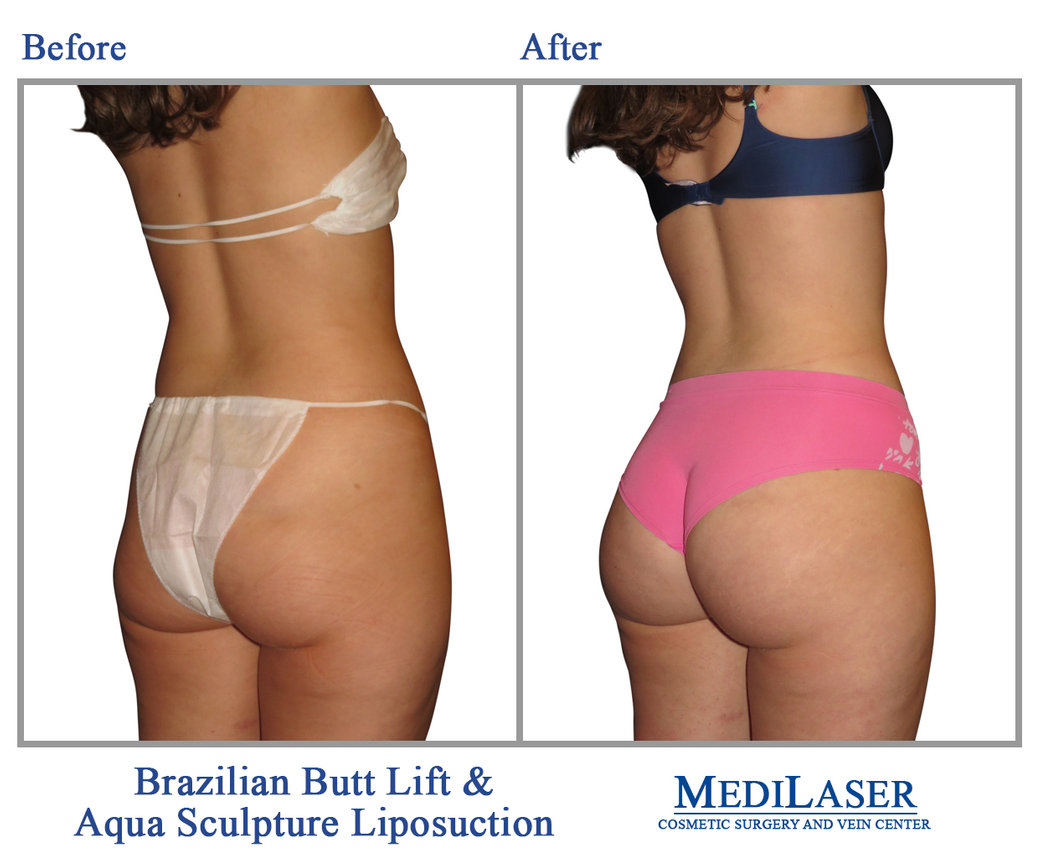
Anaesthesia after-effects are what make breast implant healing possible. These include nausea, soreness, and vomiting. After surgery, some women feel unbearable pain. It is possible to take pain medication to relieve the discomfort and speed up your recovery. To aid you in recovery, a breast support wrap is used. You can also take pain medication to reduce the redness and swelling around your breasts. To support your breasts during healing, you can wear a compression bra.
Compression bras
You will need a bra for post-operative breast surgery. Bras with padding or underwires can cause scarring and irritation. As it provides support and comfort for recovery, a compression bra with no underwires is safer. It is also easier to take off compression bras that have front closures. These are some helpful tips to help you choose a compression bra that suits your needs.
A compression bra is a postoperative garment that promotes circulation and reduces swelling around the breast tissue. The compression garment promotes antimicrobial cell transfers to the site of infection. This is crucial for eliminating pathogens. Compression bras assist women after breast implant surgery by maintaining postoperative changes and minimizing the risk clot-migration. It can help the body eliminate clots from plastic surgery. Clot migration can cause severe consequences.

Implants under-muscle
Breast implant placement with breast implants placed under-muscle is more time-consuming than other breast placement methods. The implants are removed from their sockets and placed into a tunnel. This procedure is less invasive and causes less pain. You should expect to feel some swelling, pain, bruising, and discomfort during your recovery. It can take anywhere from four to eight to eight weeks for the swelling and pain to go away.
Most breast implant patients feel some pain after their procedure. It varies depending upon the type of surgery and the patient’s tolerance for pain. Some women feel little to no pain. Others need painkillers for their discomfort. You may notice a higher implant if the procedure is performed under the skin. This is completely normal. It could take weeks to months for your implants in the right place.
The sutures are prone to swelling
Breast implants that have swelled around the incisions after recovery may indicate an error in their placement. This could be due to a variety of reasons. Infections can happen if the wound is infected. This can cause the dissolvable stitches to break down faster. It could also happen if the wound becomes infected if you lift weighty objects or engage into strenuous activities soon after surgery. You should immediately contact your surgeon if you experience this problem.
Breast implant surgery can cause swelling and pain due to infection, or damage to the breast tissue. Blood thinners can help prevent these. However, using blood thinners following surgery can make things worse. Taking these blood thinners will help reduce bruising and swelling, and may even relieve the pain you feel. Check with your doctor to ensure you are free from any other medical conditions.

Long-term complications
Breast implant surgery can lead to long-term complications. For bruising, some patients will have to stay at the hospital overnight. However, the bruises are unlikely to affect the outcome of the operation. A haematoma may increase the likelihood of capsular contraction and can require additional time in the hospital. These complications are rarely serious and often do not last.
Although breast implant manufacturers routinely issue updates regarding their medical devices, few issues have been reported by physicians. The FDA reports only a handful of instances of adverse outcomes. However, this is considered to be just the tip of an iceberg. Many physicians do not report any problems with medical devices, and the number of reported cases is considered to be the "tippy-top" of possible problems. The risk of BIA/ALCL with textured implants is estimated at between 1.79 and 2.82 for every thousand.